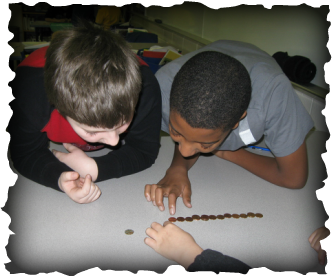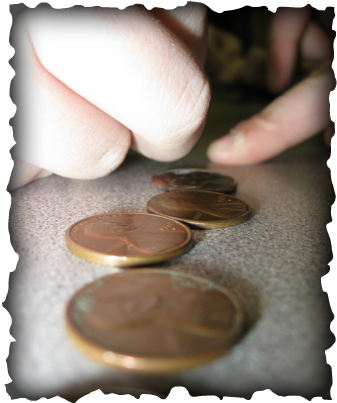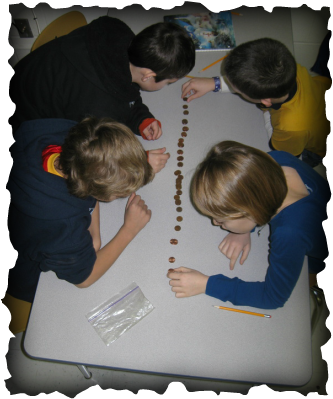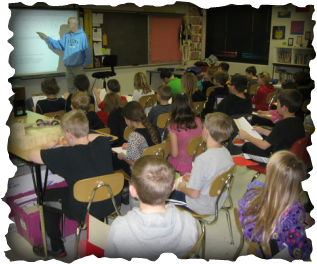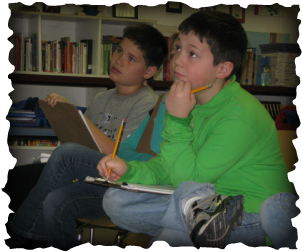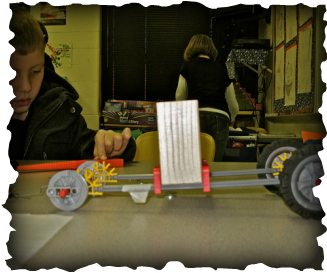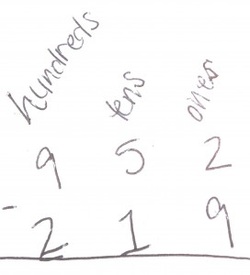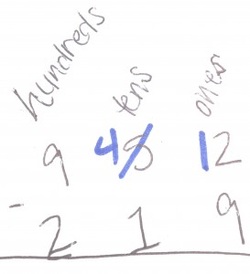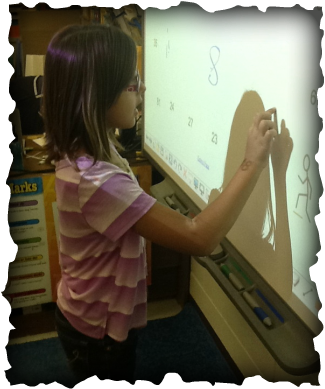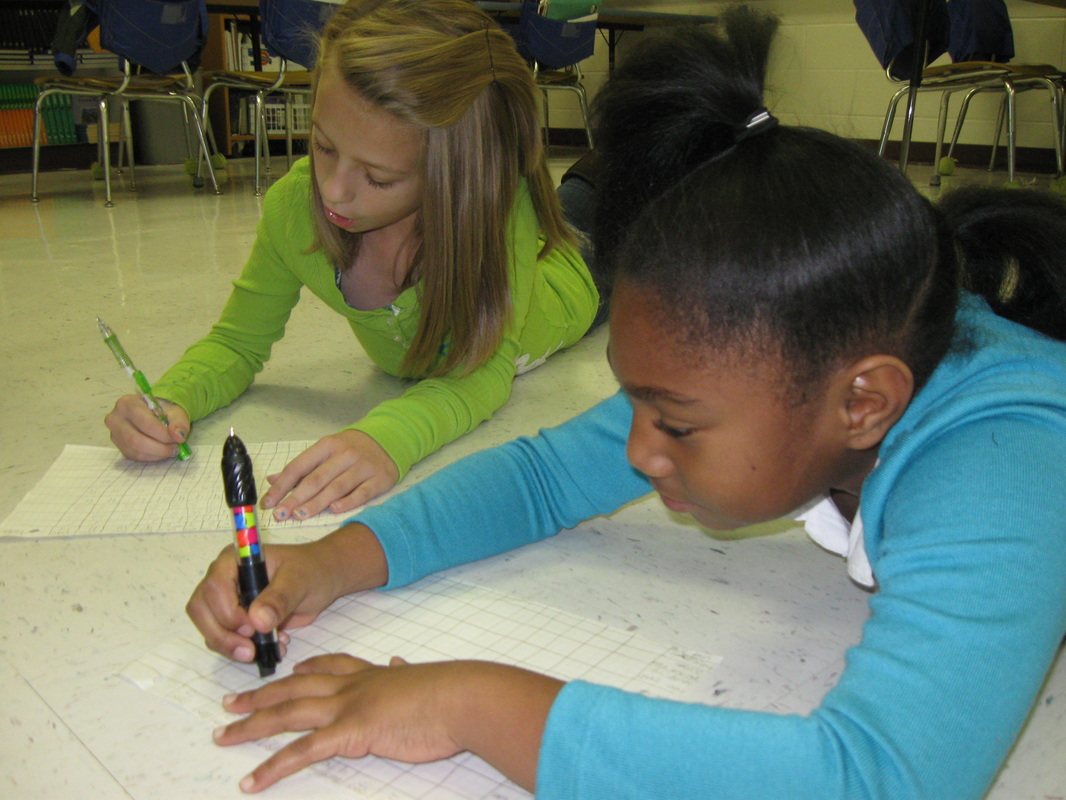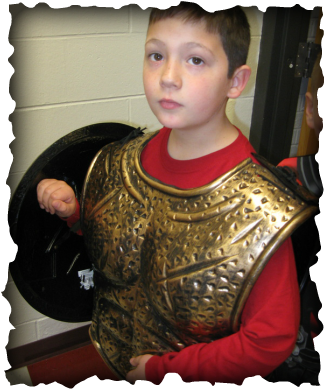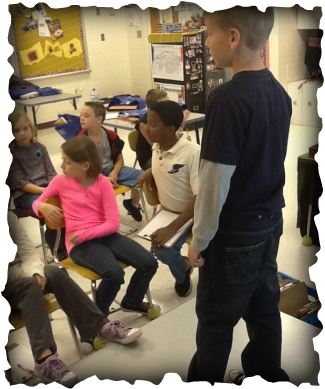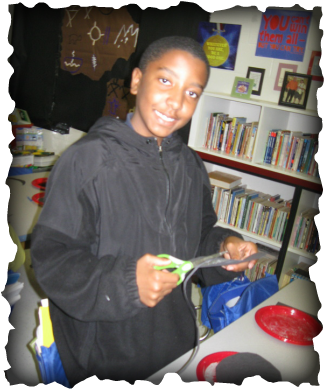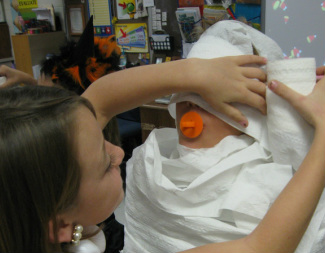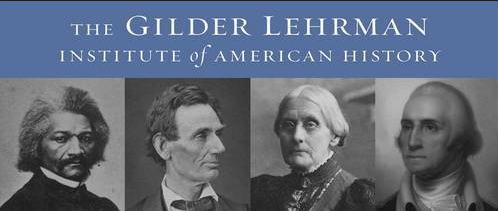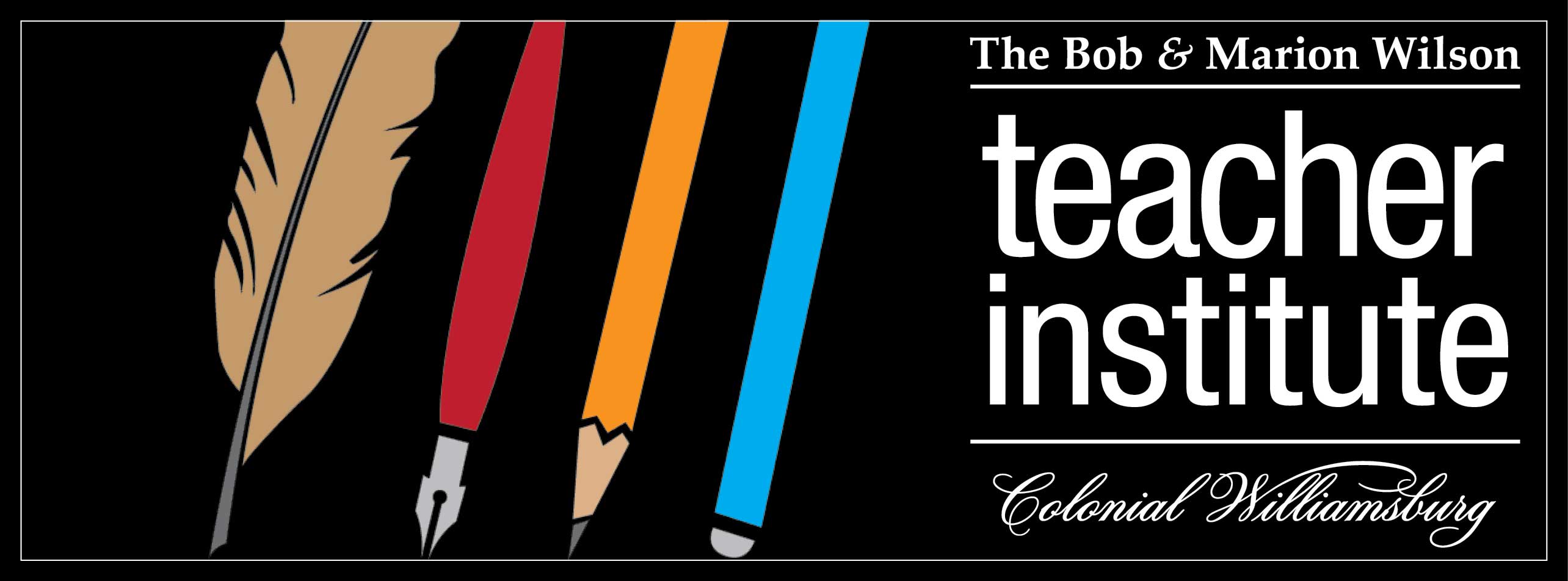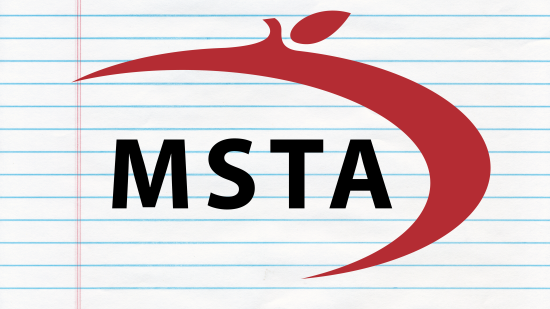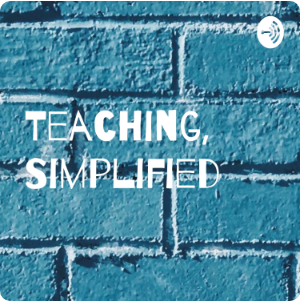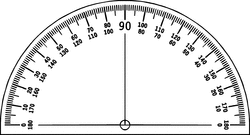
There is a certain magic in one of those little pieces of plastic. Not the hocus or the pocus kind of magic, but magic just the same. Last week, students were exposed to angle measurement, and more specifically, the measurement of the three interior angles of triangles. The magic comes when students discover that the three angles of any triangle add up to 180 degrees. The magic comes when students discover that by knowing the measurement of two of those angles they can figure out the third without using the protractor.
Most teachers will acknowledge that one of the most meaningful parts of their jobs is witnessing the light bulbs turning on over the heads of their students. I fully believe, however, that people misconceive that light bulbs instantly illuminate over the heads of students. The fact is some students have no light switches at all. Instead, they have dimmer switches that can be turned slowly to brighten understanding. For others, an educator rips through drywall to find some spark to connect to their bulbs. It is a skilled craft, requiring conscientious teachers to be scientific artisans.
That means I do not want to tell my students how to measure angles; I want them to figure it out for themselves. I don't want to tell them the three angles of a triangle add up to 180 degrees; I want them to discover that fact for themselves. And the fact that it works for any triangle, every time, is so magic that light bulbs pop on all over the room. I love this stuff.
It takes more planning and preparation to allow for such discovery. And it requires more time for students to process the skill. While it is tempting to tell them how the protractor works, it is more effective to allow them to discover it for themselves. While it is easier to lecture, students must be given time to work with their own protractors, play with their own angles, and discover the rules of Geometry on their own terms. It is what I refer to as the magic of Math - a subject riddled with rules and processes, but one in which pieces poetically fall into place.
Here is how I wrote it in my Teaching Philosophy piece for the 2004 State Teacher of the Year submission:
It is not a teacher’s job to make learning so fun that students don’t realize they’re learning. I have heard myself say this, only to quickly retract it because it is blatantly untrue. Students must feel the learning process in order to appreciate it. To promote lifelong learning in ourselves, we must experience a collaborative struggle with material and process. We feel the exultation of success only when we exert ourselves in such a fashion. It’s similar to mountain climbing. The view from the peak is a by-product of effort; the real reward is the feeling that results from achieving a difficult climb.
Kites need restraint in order to fly;
without string, a kite falls to the ground.
The impeded stream is the one that sings;
with no rocks or diversions, a stream loses its beauty.
If I want students to fly and sing, I do not remove the rocks and string. I do not hand my students information freely; together, they wrestle with the material and process of learning, discover innovative ways of thinking, and find unexpected solutions. I do not assess students using rote questions; instead they plan procedures, synthesize knowledge, and explain their reasoning. I refuse to treat students like helpless infants; instead we have honest, respectful discussions, unimpeded by textbooks and time restrictions. It’s real, relevant, and captivatingly interesting. Students appreciate creative efforts to make education mean more than school. They aren’t preparing for future classes; they are preparing for life. Too often, students read, memorize, and forget; in our classroom, students gather information, manipulate data, and construct towers, bridges, and systems to serve future communities.
